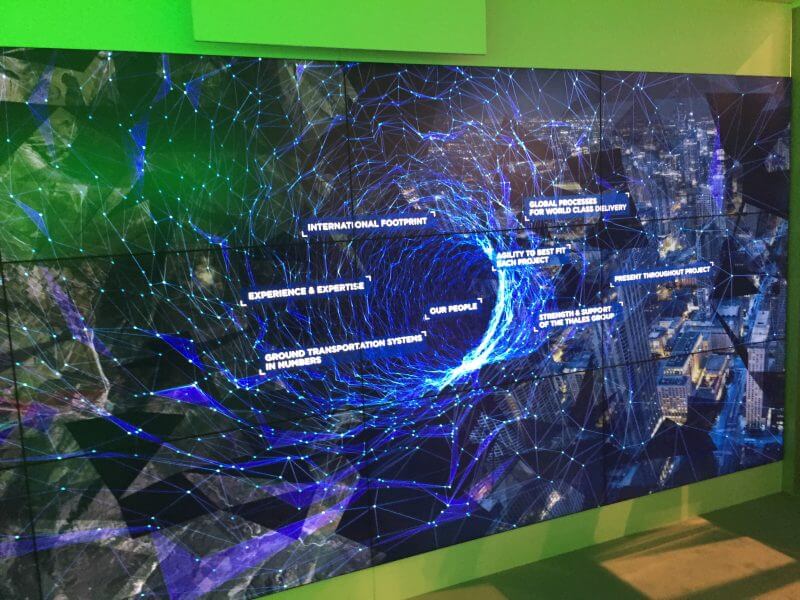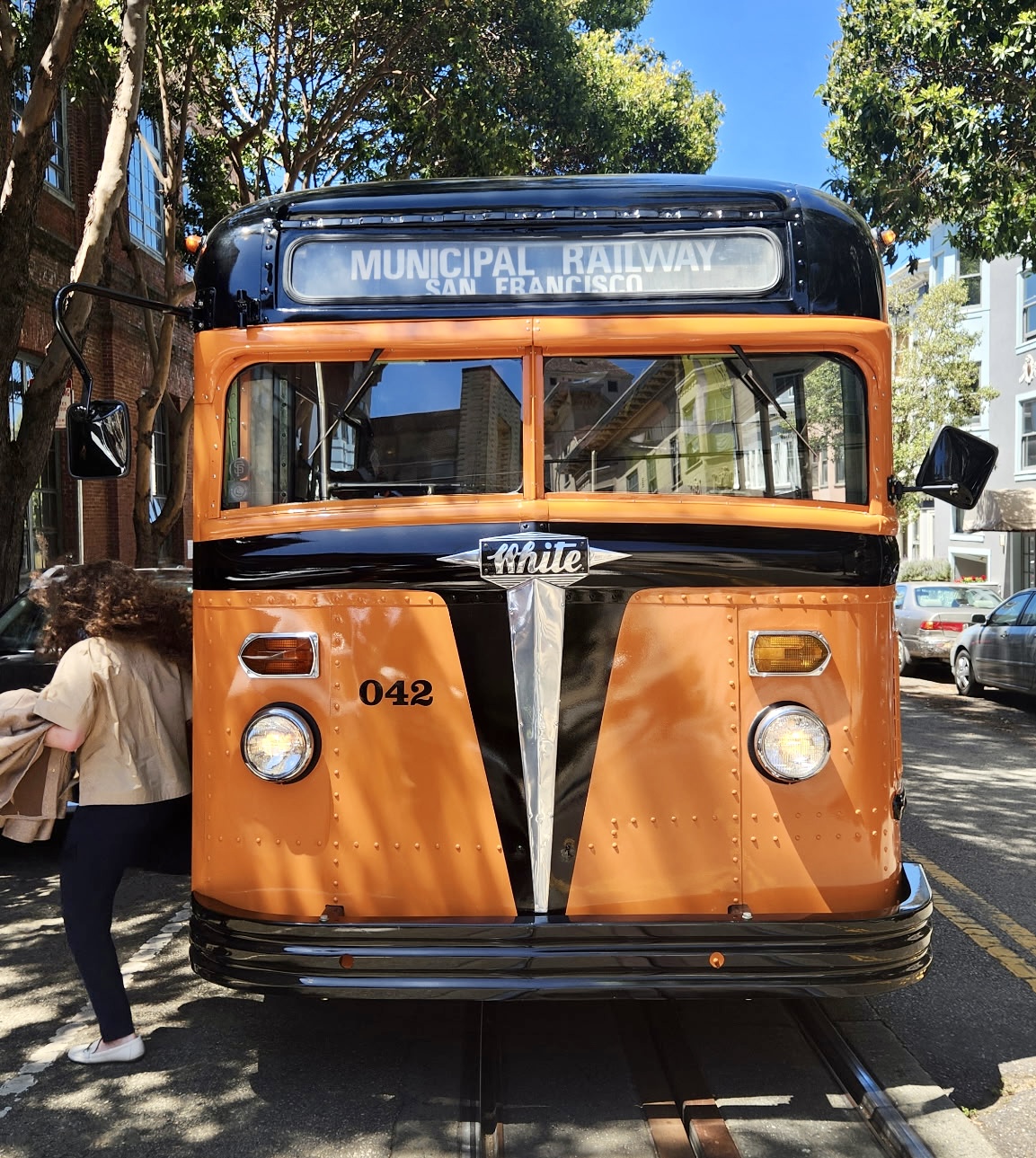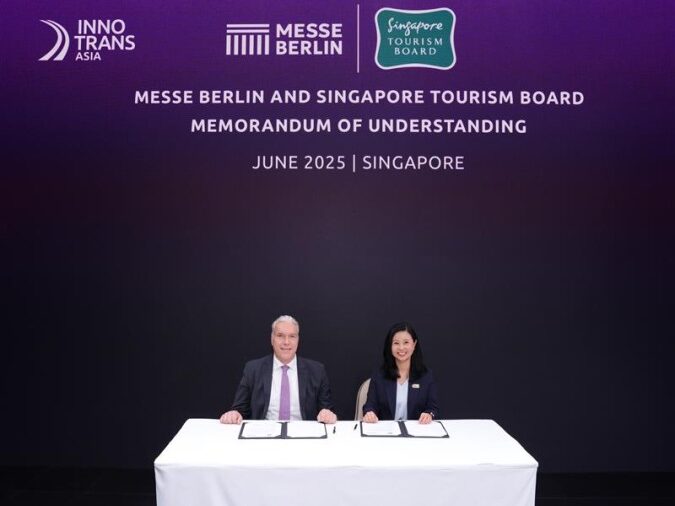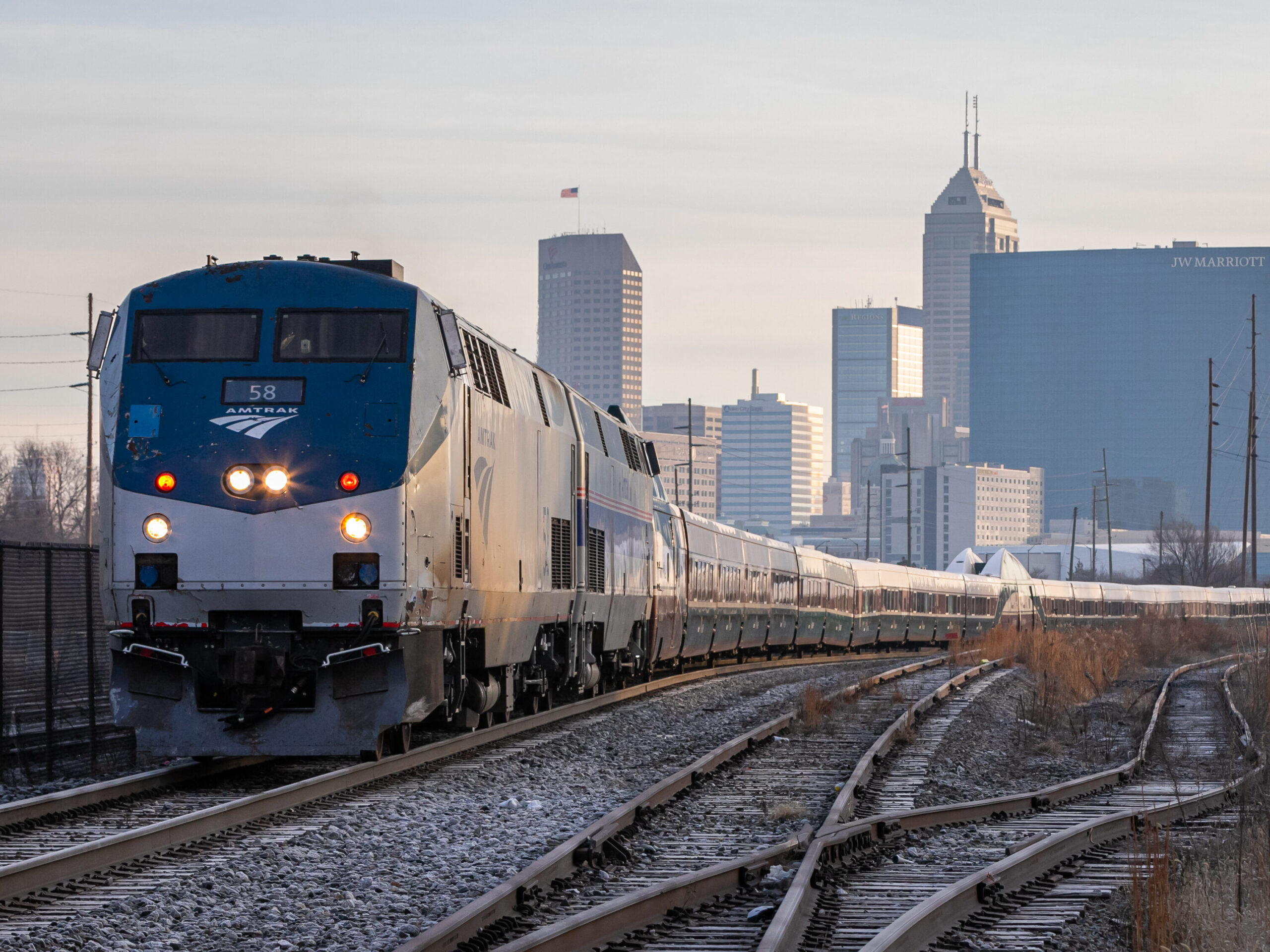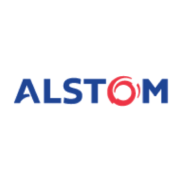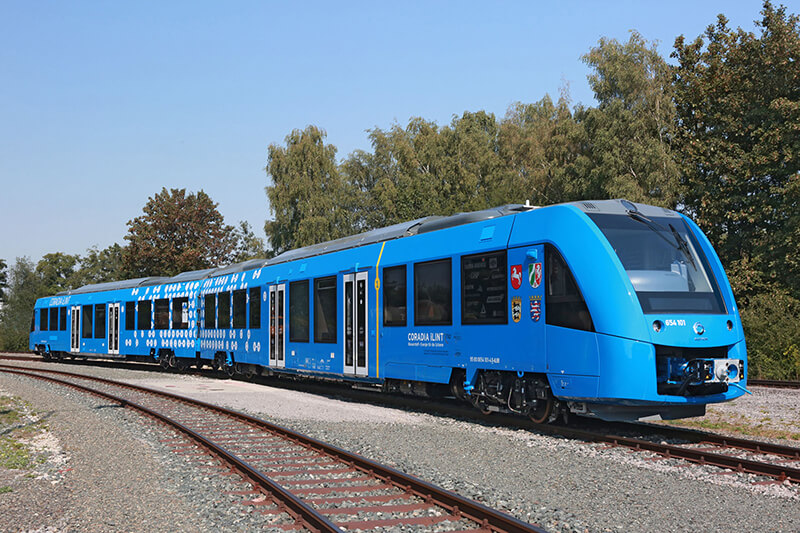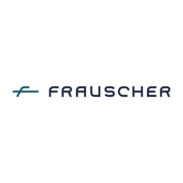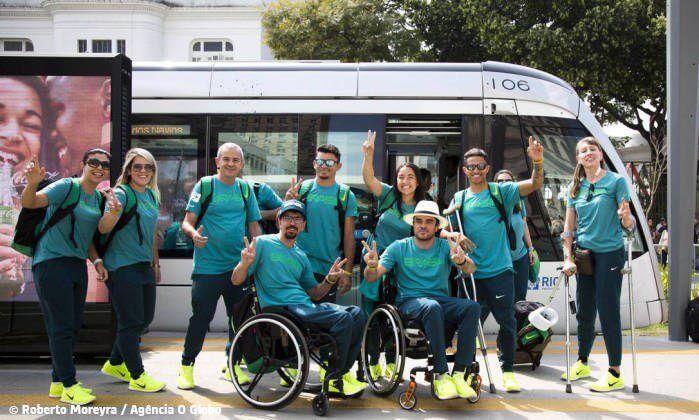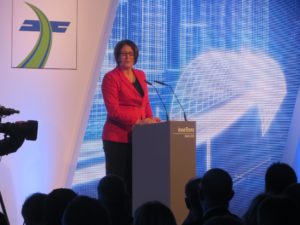
InnoTrans 2016 Opening Ceremony
InnoTrans 2016 kicked off today with a massive opening ceremony. It was attended by Violeta Bulc, EU Commissioner for Transport, who wanted to give the State of the Rail Industry address after President Juncker’s State of the European Union address the previous week. She spoke out powerfully in favour of increased digitisation, inter-modality and Europe’s investment in its youth. Commissioner Bulc was positive about the role and position of rail transport in general while remaining aware that challenges still existed – challenges, in fact, that should be openly addressed and dealt with for everyone’s benefit. She said:
“Digitalisation, intelligent transport systems and better use of big data are the heart of the future rail systems. They’re central to the development of a smarter, more efficient multi-modal transport network and that is what we’re after. Some companies are already very active in this field and I’m looking forward to seeing some of the later developments here at this fair.”
The following speaker at the InnoTrans Opening Ceremony was the German Minister for Transport, Alexander Dobrindt. He emphasised that rail was a key area in the global, digital age, particularly in an urban environment. The need for rail to be innovative and move forward was also recognised. As such, Deutsche Bahn was praised for embracing open data, allowing innovators to have vital access to important information. Alexander Dobrindt then declared InnoTrans 2016 officially open! After this followed two panel discussions with members of Deutsche Bahn, VIA Rail, Alstom and Bombardier. Overall, digitalisation was the big topic.
Day 1
Powernet
With InnoTrans as big as it is, we could only dream of covering everyone who attended or everyone who had something inspiring to present. We paid Powernet a visit – this company deserves a shout-out, we feel, because they don’t do anything revolutionary – they provide high-quality power supply products, not at huge quantities, but customised to every client’s specifications and with attention to detail.
Thales
Next up, we swung by Thales. Apart from having a very impressive stand, we were given a tour of their very impressive rail products. The feature that made them stand out, they said, was that they had all the expertise under one roof in a multitude of different areas. We particularly liked experiencing their virtual reality applications with regard to remote maintenance, allowing Thales experts to communicate effectively, reliably and efficiently with maintenance staff on location.
Alstom
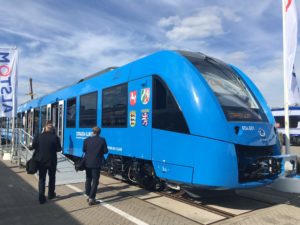
Alstom
were a particularly exciting prospect this year. They unveiled the world’s first train powered by hydrogen fuel cells, the Coradia iLint. Speaking at InnoTrans, Alstom’s CEO Henri Poupart-Lafarge said that half of the railway network in Germany was not yet electrified and electrifying the lines was an expensive process. Why not, therefore, avoid that step by delivering environmentally friendly trains that didn’t require this massive infrastructure commitment?
Mitsubishi Electric
We then visited Mitsubishi Electric to hear about their range of products addressing important aims such as harvesting braking energy at stations. Whenever braking energy is generated that cannot be used fully by other trains, their Station Energy Saving Inverter supplies the surplus power to electrical equipment, such as lighting and escalators, within the station to produce energy savings.
Day 2
BestMile
The following morning started with a trip to the Future Mobility Park, the central location for cutting-edge, future mobility solutions. I chatted with Maud Simon from BestMile about their platform that allows autonomous vehicle fleets to operate in an intelligent manner so that they are deployed efficiently and in the most useful way for passengers. Transport modes cannot be viewed in isolation. Passengers need seamless intelligent door-to-door solutions. One way in which BestMile’s algorithm could be written to make this happen would be to factor in train arrival and departure times and passenger numbers to assess the demand for autonomous vehicles servicing the station at any given time. Passengers would have the convenience of having convenient onward travel, while the shuttle operator benefits by running the shuttle service with as little wastage as possible.
Bombardier Transportation
This theme was picked up by Laurent Troger, President of Bombardier Transportation:
“Today, countries and governments all across the globe are confronted with similar challenges: urbanisation, pollution, digitalisation and population growth, particularly in emerging markets. Rail is already playing a key role in solving these issues but it can do more.”
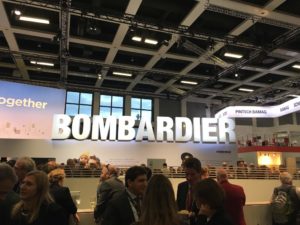
The trend is for more people to move into the world’s cities. Keeping cities moving and avoiding gridlock is vital. Mr Troger went on to comment that the job of city planner would be one of the top jobs of tomorrow. Rail can be part of that solution but cannot be the solution on its own. Integrated, intelligent transport is a fundamental need.
Bombardier presented their latest technologies and products at InnoTrans. The MOVIA Maxx metro is specifically designed for use in rapidly growing cities, while the TALENT 3 features increased energy efficiency. Greener mass transport is another key future need where rail is and must be a leader. As such, Bombardier was awarded approximately 4 million euros in innovation funds to develop to PRIMOVE battery technology on its TALENT 3 fleet.
Germany’s Transport Minister Alexander Dobrindt said:
“Our investments will help develop a zero-emission, energy-efficient and cost-effective alternative to diesel trains. Deploying fuel cell and battery technology for rail transportation will usher in a new era for non-electrified routes.”
GE Transportation
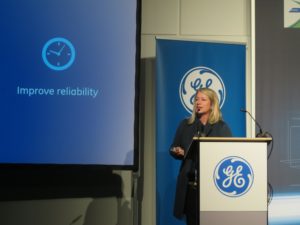
One of the major announcements made by GE Transportation focused on their GoLINC network and communication platform, a non-proprietary mobile data centre that interacts both with the locomotive and third-party systems in order to make data available. It is customisable to the needs of each client, making it a very flexible, robust solution. 6000 locomotives already have this GoLINC platform installed, 25% of which are not GE locomotives.
Jamie Miller, CEO of GE Transportation, said:
“We’re investing billions of dollars worldwide, really from Canada to Brazil, from Africa to Australia to India to China to build self-aware locomotives and really weave a digital thread throughout the entire rail operation ecosystem and we really have the power when we do that to push the industry into the digital era at the global scale with GE.”
Morris Line Engineering
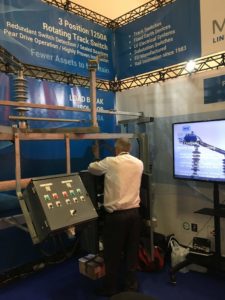
Our next stop was with Morris Line Engineering. This UK-based company provide specialist design and manufacturing services for high-voltage overhead line disconnectors and switches. They pride themselves on delivering a more safer, high-quality product for the marketplace as their disconnectors feature not just a connected / not connected option, but an earthing option as well, reducing the risk of electrocution to the workers on the track. Their focus is on whole life-cost optimisation and as such, quality is hugely important to them, which is why everything is manufactured in the UK.
Konux
Our last meeting of the day was with Konux. They have specialised in producing sensors that allow points to be monitored remotely, continuously and in real time. The sensors transmit all their data wirelessly to a central data platform. The algorithms in the sensors are able to determine the state of the points, allowing infrastructure operators to monitor points effectively without needing to send crews out for spot inspections. There is currently no one else on the market specialising in points monitoring and Konux are rolling out their sensors on the Deutsche Bahn network, with the goal of having as many points fitted with their sensors as possible.
Day 3
Startup Session
Finally, we went to the InnoTrans STARTUP SESSION, facilitated by the Enterprise Europe Network Berlin-Brandenburg in conjunction with DB mindbox. Eight start-ups pitched their ideas, which came from a wide range of fields in the transport sector. Rail Vision presented sensors installed on top of trains featuring military-grade technology to detect hazards on the line. Current sensors on the market are stationary, setting these mobile ones apart. Another pitch came from Dynamic Components, a solution for acquiring and monitoring data from machines such as escalators and elevators in stations to allow for predictive maintenance to ensure smooth operation.
Dr Frank Wolter, the startup manager at DB mindbox, said that in their pitching events they too looked beyond the rail industry itself because all transport was much too closely linked to view in isolation, echoing the overall sentiment of the show. The future is digital and it’s inter-connected. InnoTrans made it clear that the rail sector is succeeding in playing its part in delivering mobility fit for the 21st century and beyond.optimisation and as such, quality is hugely important to them, which is why everything is manufactured in the UK.
Konux
Our last meeting of the day was with Konux. They have specialised in producing sensors that allow points to be monitored remotely, continuously and in real time. The sensors transmit all their data wirelessly to a central data platform. The algorithms in the sensors are able to determine the state of the points, allowing infrastructure operators to monitor points effectively without needing to send crews out for spot inspections. There is currently no one else on the market specialising in points monitoring and Konux are rolling out their sensors on the Deutsche Bahn network, with the goal of having as many points fitted with their sensors as possible.
Day 3
Startup Session
Finally, we went to the InnoTrans STARTUP SESSION, facilitated by the Enterprise Europe Network Berlin-Brandenburg in conjunction with DB mindbox. Eight start-ups pitched their ideas, which came from a wide range of fields in the transport sector. Rail Vision presented sensors installed on top of trains featuring military-grade technology to detect hazards on the line. Current sensors on the market are stationary, setting these mobile ones apart. Another pitch came from Dynamic Components, a solution for acquiring and monitoring data from machines such as escalators and elevators in stations to allow for predictive maintenance to ensure smooth operation.
Dr Frank Wolter, the startup manager at DB mindbox, said that in their pitching events they too looked beyond the rail industry itself because all transport was much too closely linked to view in isolation, echoing the overall sentiment of the show. The future is digital and it’s inter-connected. InnoTrans made it clear that the rail sector is succeeding in playing its part in delivering mobility fit for the 21st century and beyond.


